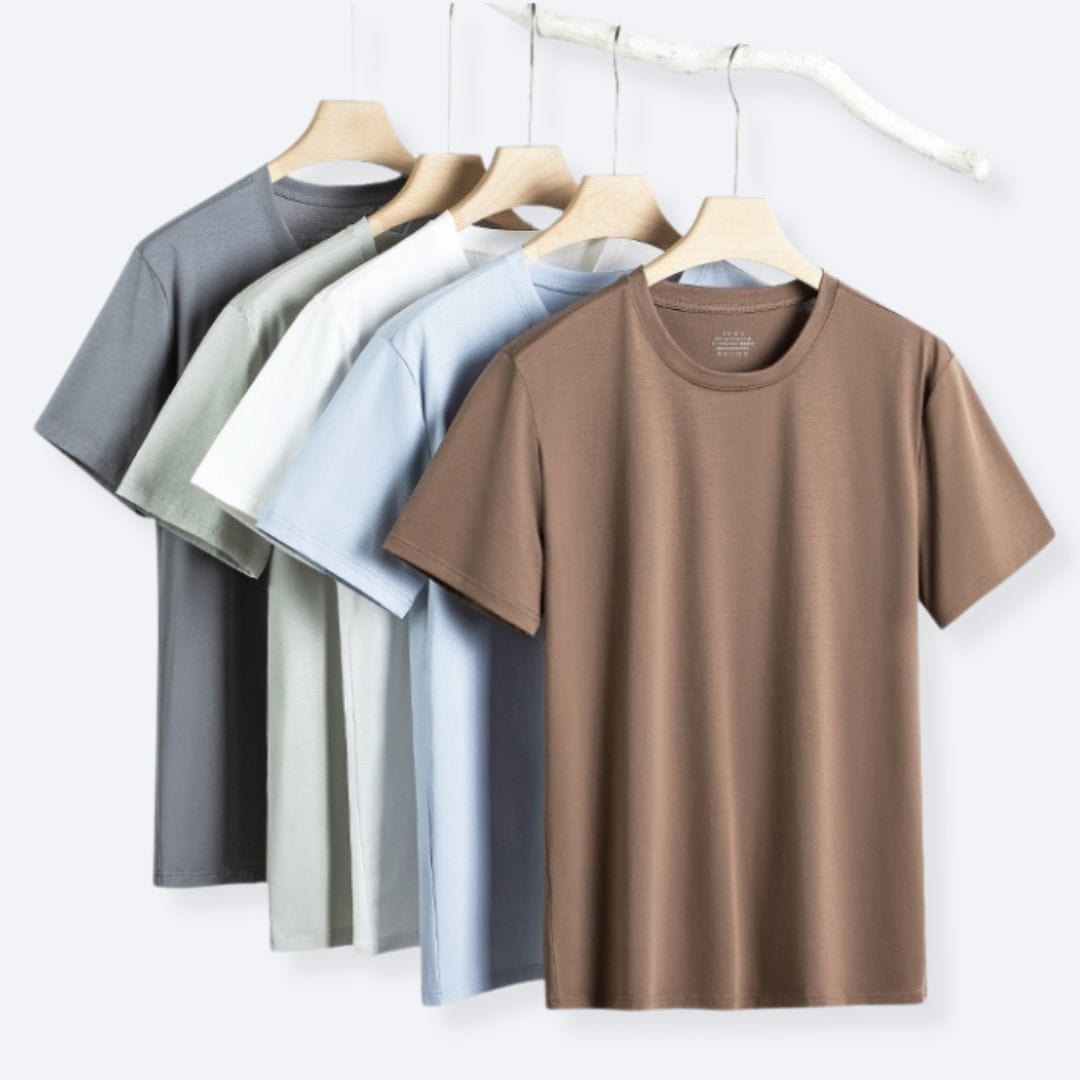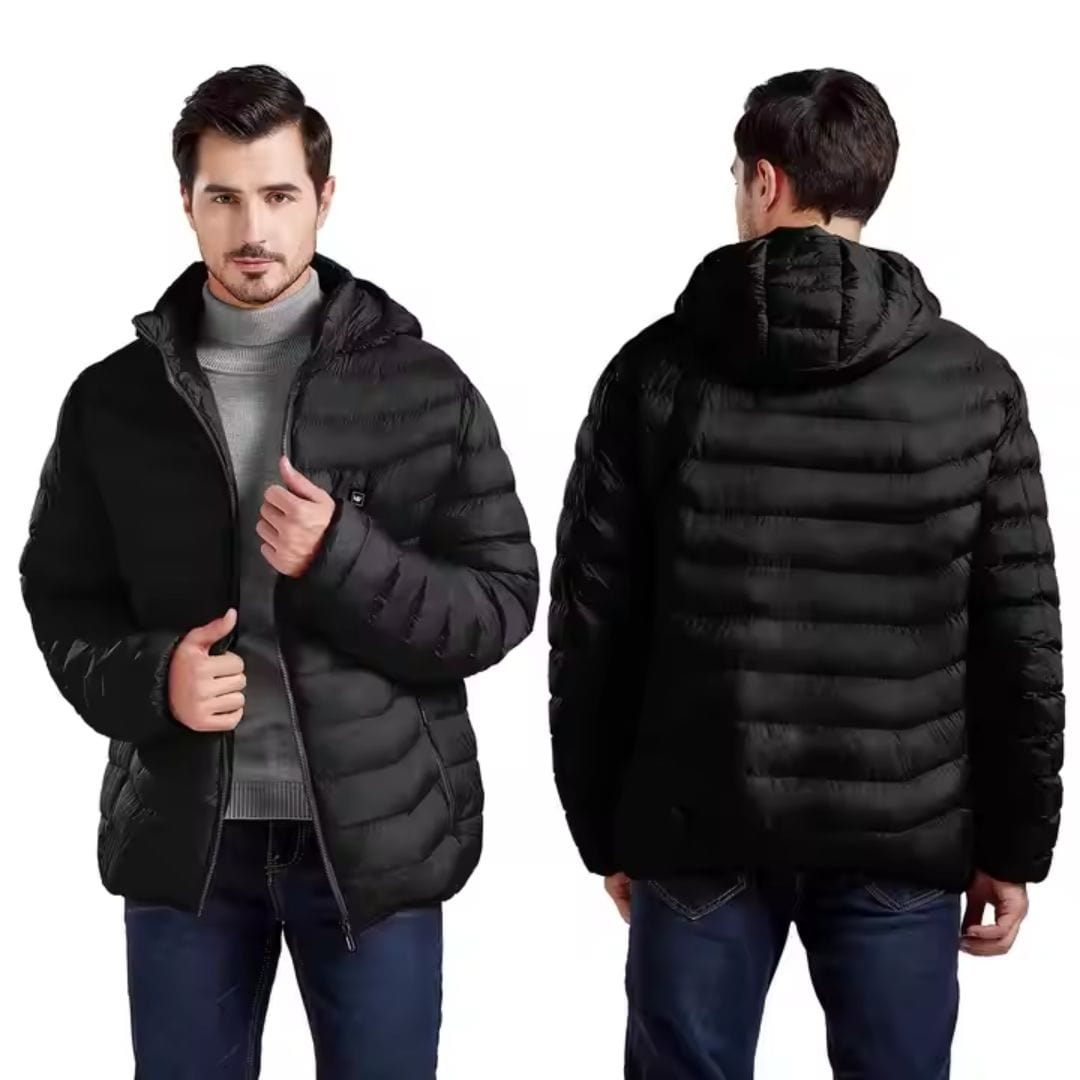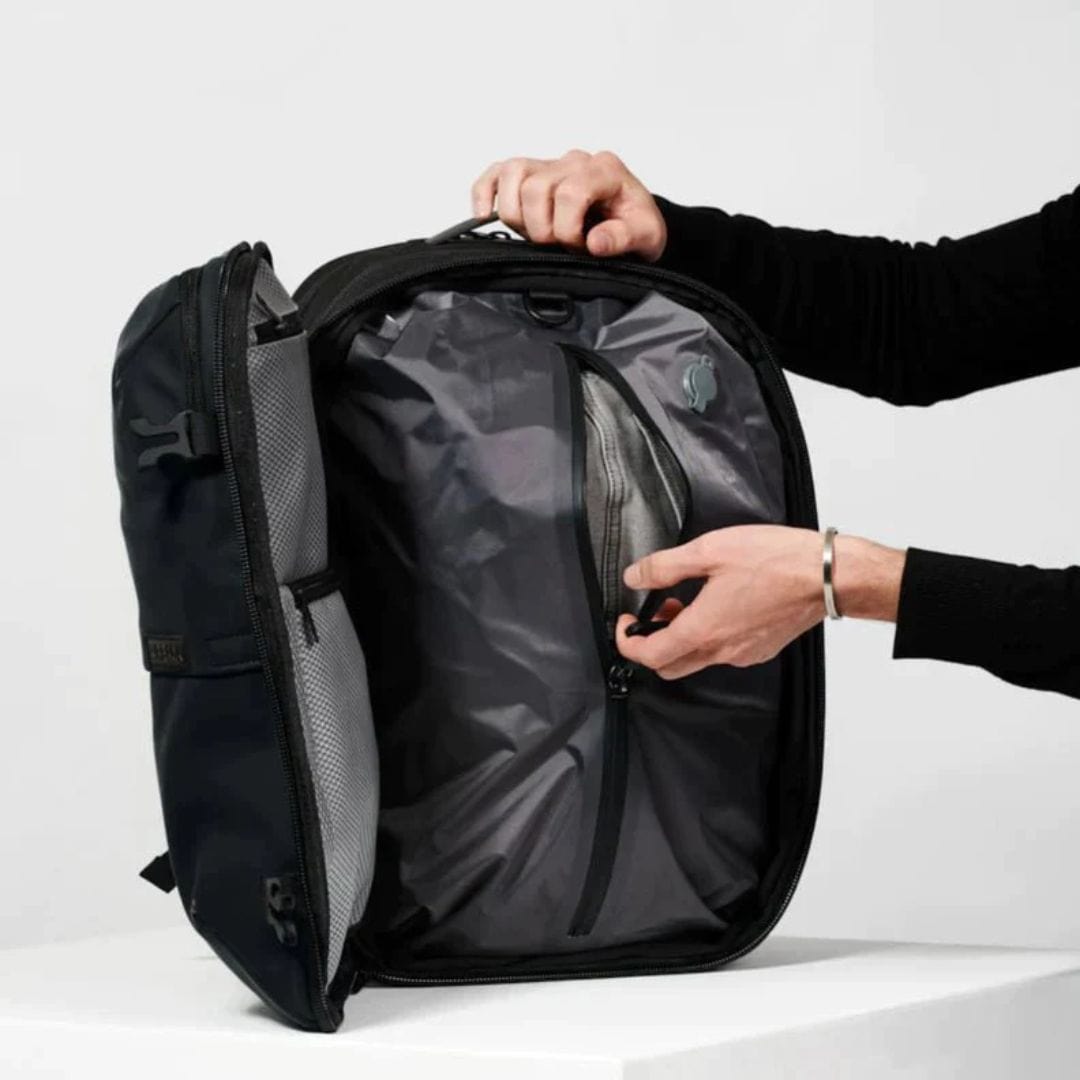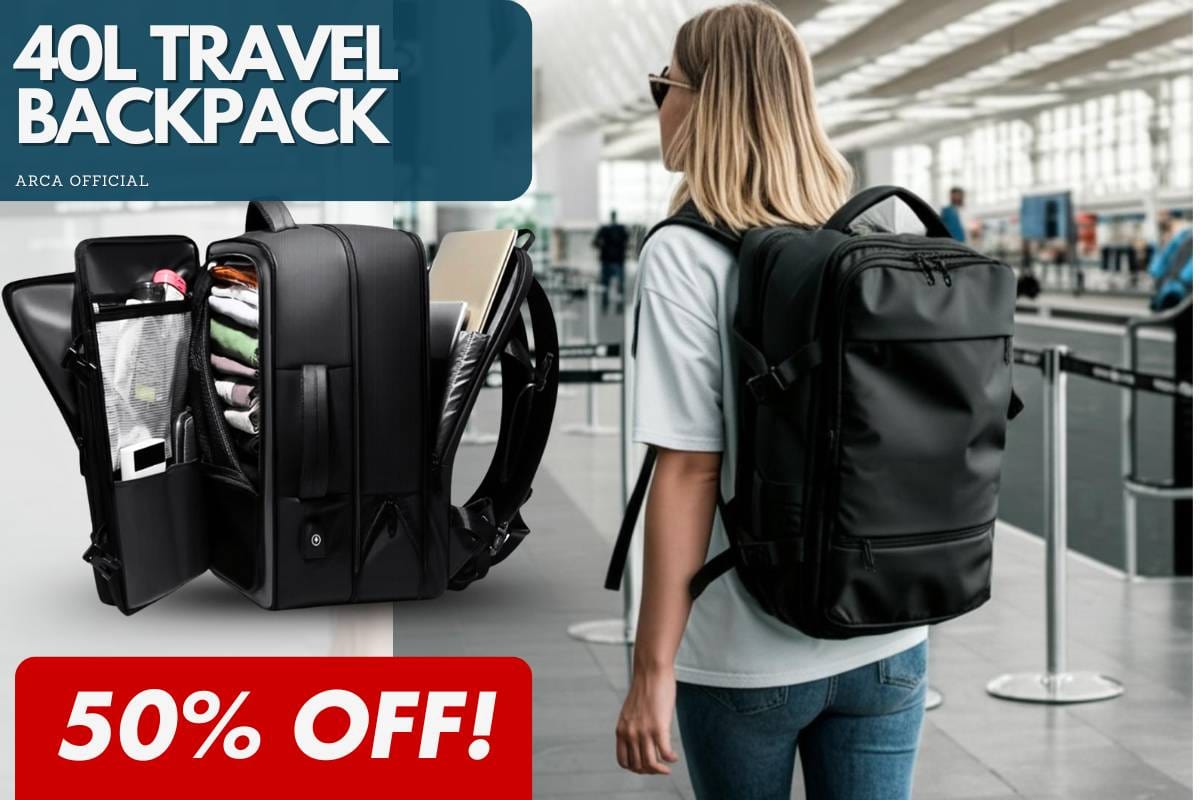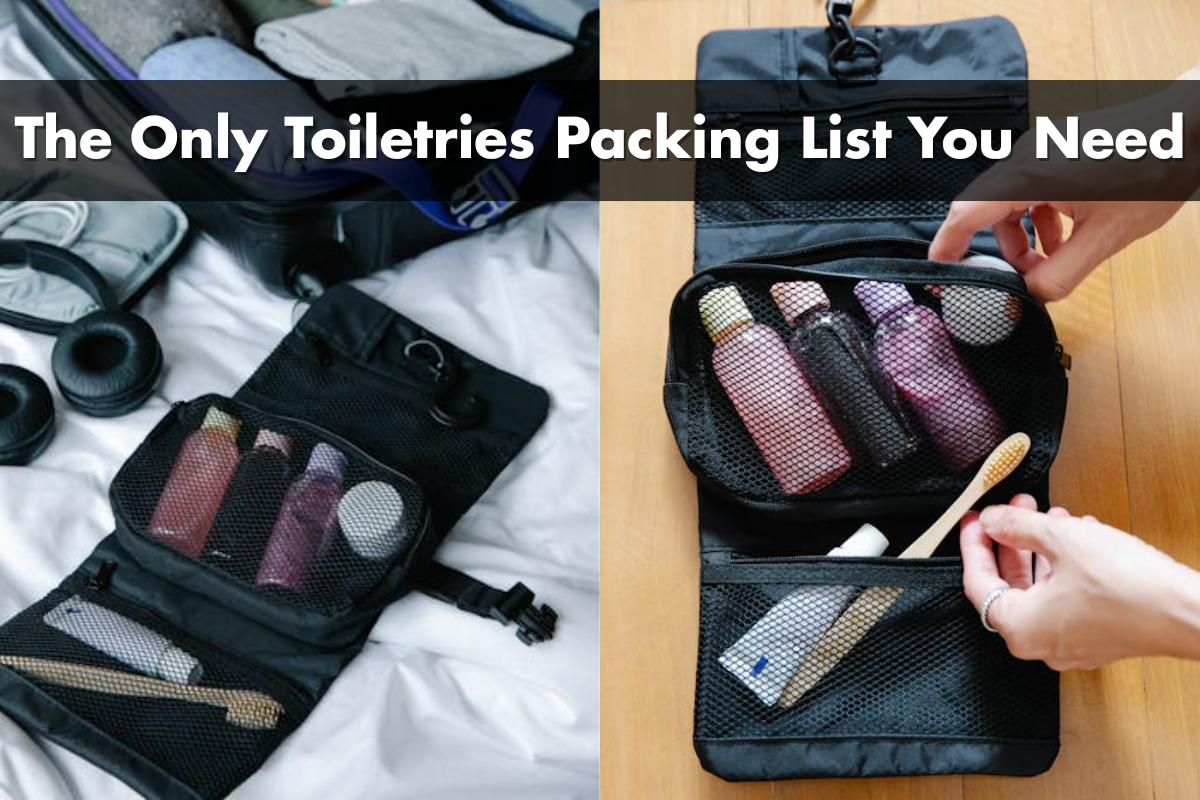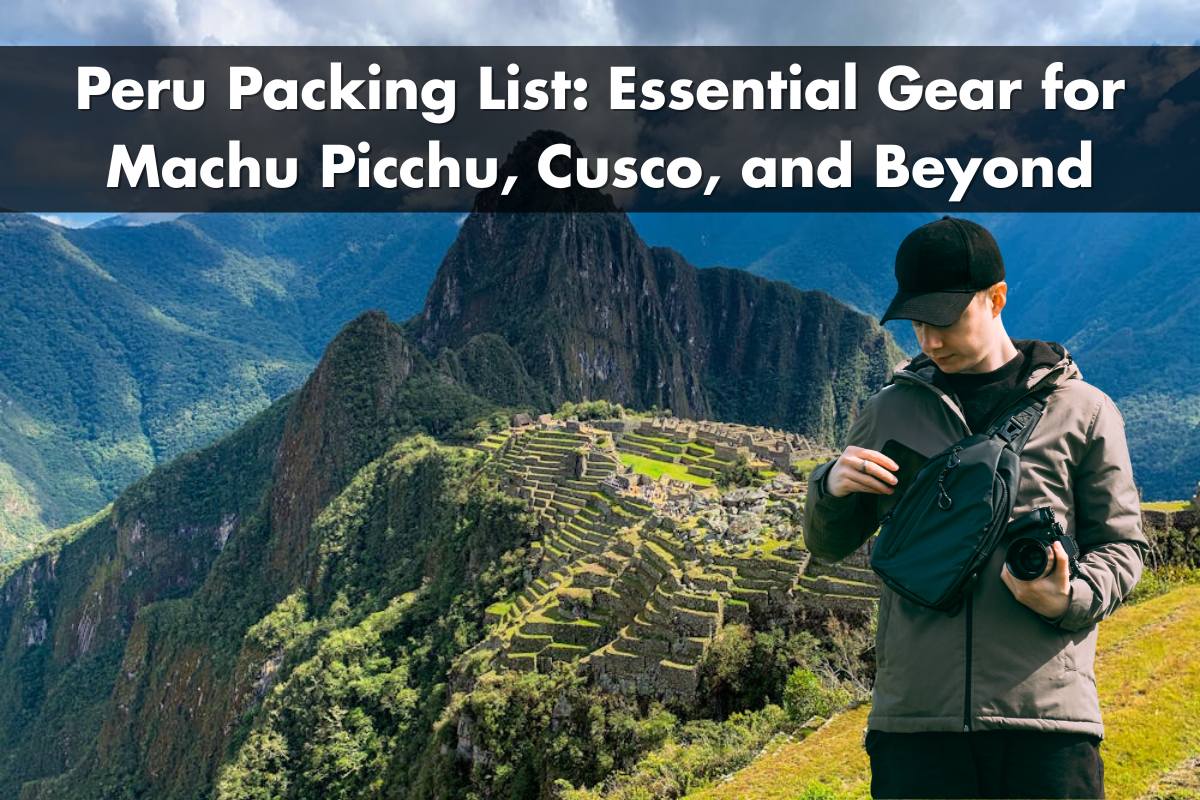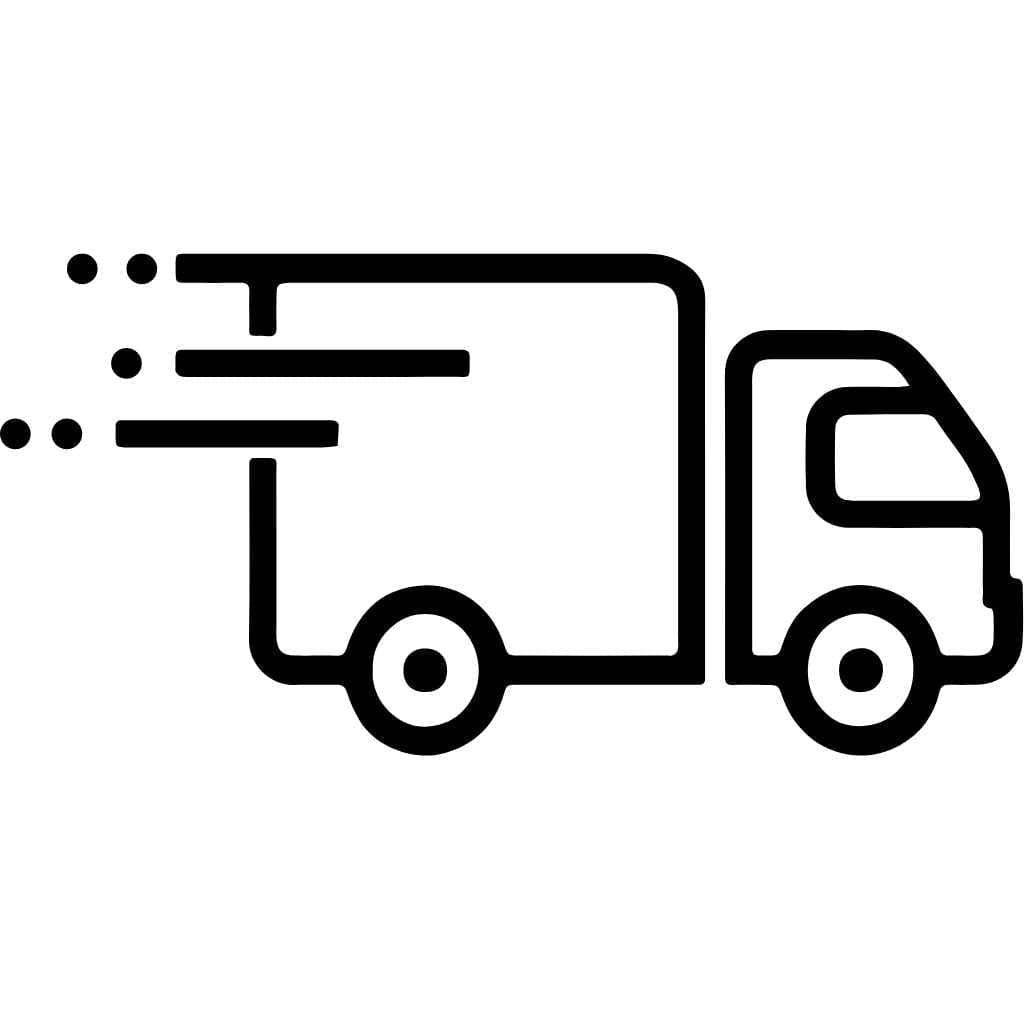Traveling by air means making every inch of space count. I’ve learned that the right backpack isn’t just about style—it’s about maximizing what I can carry without paying extra baggage fees. With airlines tightening their carry-on restrictions and charging more for checked bags, finding a backpack that fits overhead bins and holds everything I need has become essential.
Key Considerations When Choosing a Backpack for Air Travel
Selecting the right backpack for air travel impacts efficiency, comfort, and compliance with airline policies. I focus on these considerations for every flight to avoid issues at security checks or at the boarding gate.
Size and Airline Carry-On Compliance
Backpack size and dimensions always dictate if it counts as a personal item or carry-on. Most North American airlines allow carry-on bags no larger than 22 x 14 x 9 inches and personal items around 18 x 14 x 8 inches. A 40-liter backpack often matches these requirements for both domestic and budget airlines. I check the airline’s latest carry-on policies before travel, since exceeding limits usually leads to extra fees or forced gate checks.
|
Airline |
Max Personal Item Size (inches) |
Max Carry-On Size (inches)
|
|---|---|---|
|
American Airlines |
18 x 14 x 8 |
22 x 14 x 9 |
|
Delta |
17 x 13 x 9 |
22 x 14 x 9 |
|
United |
9 x 10 x 17 |
22 x 14 x 9 |
|
Southwest |
18.5 x 8.5 x 13.5 |
24 x 16 x 10 |
|
Spirit |
18 x 14 x 8 |
22 x 18 x 10 |
Comfort and Fit
Comfort and proper fit make a noticeable difference during long layovers or when walking through terminals. I look for padded shoulder straps, adjustable sternum straps, and breathable back panels. Load lifters and removable waist belts (examples: Arca travel Backpack, Tortuga Travel Backpack) help distribute weight, reducing shoulder strain with heavy loads. I check for multiple carrying options—grab handles on several sides or convertible straps—so I can change how I carry the bag for different situations.
Materials and Durability
Durable materials extend the lifespan of travel backpacks. I select bags made of high-denier nylon (1680D Cordura, 1000D polyester) or ballistic nylon, since these resist abrasions and tears. Weather-resistant coatings such as TPU, DWR, or recycled sailcloth protect contents from rain and spills. Reinforced stitching and padded panels (common on the Peak Design Travel Backpack and Cotopaxi Allpa) keep the bag functional even in tough transit scenarios.
Security Features
Security-focused designs help keep valuables safe in transit. I prefer backpacks with lockable zippers on main compartments, slash-resistant materials, and hidden pockets for passports and electronics. RFID-blocking pockets protect against digital theft in crowded airports. Compression straps covering zippers, built-in locks, and smart tracker pockets add another layer of security for peace of mind, especially during international trips.
Types of Backpacks Suitable for Air Travel
Backpacks for air travel come in several functional types designed to meet airline restrictions and passenger needs. I compare design, comfort and versatility to choose the best format for each trip.
Standard Carry-On Backpacks
Standard carry-on backpacks balance space with airline compliance. I fit up to 40 liters—like popular models with 22 x 14 x 11 inch measurements—without exceeding most North American airline size restrictions. Padded laptop sleeves, lockable zippers, and multiple exterior pockets keep my gear organized and secure. These backpacks include grab handles and compression straps for easy handling and efficient packing. For example, models with five exterior-access pockets let me reach travel documents and electronics without opening the main compartment.
Wheeled Backpacks
Wheeled backpacks offer the mobility of a suitcase with the flexibility of a backpack. I switch between rolling and carrying, especially useful during layovers or on uneven terrain. Common features include tuckaway backpack straps, smooth wheels, and telescoping handles. Spacious main compartments, side pockets for shoes, and front accessory pockets let me separate clean clothes from shoes. Wheeled backpacks often weigh slightly more, yet some designs stay lightweight, easing the load when I carry them.

Convertible and Expandable Backpacks
Convertible and expandable backpacks adapt to varying travel demands. I use convertible models as backpacks, duffels, or briefcases, depending on the situation. Expandable compartments increase storage from 35 to 45 liters, helpful if I buy souvenirs or need extra room. Stowable straps, zippered mesh pockets, and multiple carrying options provide versatility and organization. Compression straps and dividers keep everything in place even when fully expanded. With grab handles on multiple sides, these backpacks simplify overhead bin stowage and transit.
Essential Features to Look For
Backpacks for air travel must combine efficient organization, fast access, and weather protection. I prioritize these features to ensure a seamless experience from check-in to arrival.
Organization and Compartments
Multiple compartments and pockets keep travel essentials sorted and protected. I look for backpacks with mesh zippered pockets, divided laptop sleeves, and external accessory pockets. For example, three internal mesh pockets keep clothing and toiletries separated, while side and top quick-access pockets secure passports or phones. Padded laptop areas protect up to two devices, fitting up to a 16-inch laptop. Compression straps and magnetic fasteners stabilize packed items, reducing movement inside the bag.
Accessibility and Loading Style
Clamshell or panel-loading designs let me open the backpack fully and view everything at once. I avoid top-loading-only models, since organization suffers if I have to dig through layers. Clamshell openings, front-access zippers, and side access panels all simplify packing, security checks, and quick item retrieval. Handles on all sides provide flexible grab-and-go movement when navigating airports or overhead bins.
Weather Resistance
Weather-resistant materials protect electronics and clothing from rain or spills. I check for tough exteriors, such as 1680D Cordura ballistic nylon or TPU-coated polyester, that repel water and resist wear. Waterproof or water-resistant zippers and reinforced seams further keep belongings dry, even during unexpected showers or when the bag sits on wet surfaces. For added security, some travel backpacks withstand up to 20 minutes of heavy rain before moisture seeps through.
Tips for Packing and Using a Travel Backpack
Packing a travel backpack efficiently improves comfort and prevents hassle at airport security. I use these strategies to organize my belongings and keep everything secure during air travel.
Maximizing Space Efficiency
Maximizing space efficiency in a travel backpack involves structured packing and smart compartment use. I use compression straps to flatten bulky clothing, which frees up space for additional items. Rolling softer apparel, such as t-shirts and athletic wear, limits wrinkles and maximizes net volume. I pack heavier items, like shoes or chargers, at the bottom near my back to stabilize the load. Medium pouches help separate categories—electronics, toiletries, and accessories—so I avoid clutter and speed up TSA inspection. I put items I’ll use during travel, like snacks or a book, in exterior quick-access pockets to keep the main compartment organized.
Keeping Valuables Secure
Keeping valuables secure in a travel backpack depends on built-in anti-theft features and careful placement. I use lockable zippers on main compartments to deter theft, especially in crowded areas. Placing passports, phones, and wallets in dedicated RFID-blocking pockets or hidden interior sleeves helps guard against digital theft and quick grabs. For added peace of mind, I position my electronics in padded sleeves within the central compartment—behind clothing layers, away from exterior zippers. I avoid placing valuables in outer pockets unless I can monitor them closely, like crossbody or chest pockets on the go.
Conclusion
Choosing the right backpack for air travel makes every trip smoother and less stressful. I always feel more confident knowing my essentials are secure and organized while breezing through airport checkpoints. With the right features and a thoughtful packing strategy, I can focus on enjoying the journey instead of worrying about my gear. Investing in a quality travel backpack truly pays off every time I fly.
Frequently Asked Questions
What size backpack is best for air travel?
A backpack around 40 liters usually meets most airlines' carry-on size requirements. Look for dimensions no larger than 22" x 14" x 9" to ensure it fits overhead bins or under the seat, but always check with your specific airline for exact limits.
What features should I look for in a travel backpack?
Choose a backpack with lockable zippers, padded laptop compartments, and multiple exterior pockets. Features like adjustable straps, durable materials, weather resistance, and RFID-blocking pockets enhance comfort, organization, and security during travel.
Is a backpack allowed as a carry-on item?
Yes, a backpack can be used as a carry-on as long as it fits within the airline’s size restrictions for carry-ons or personal items. Some airlines may charge extra for larger backpacks, so check their rules in advance.
Are wheeled backpacks good for air travel?
Wheeled backpacks are a great option if you want flexibility. They combine the convenience of rolling like a suitcase with the hands-free benefits of a regular backpack, making them suitable for navigating airports and city streets.
How can I maximize space in my travel backpack?
Use compression straps, roll your clothes, and pack heavier items at the bottom for better balance. Utilize packing cubes or pouches to separate categories, which also makes security checks faster and keeps items organized.
Why is weather resistance important for travel backpacks?
Weather-resistant materials protect your belongings from rain and spills, keeping electronics and clothing dry. This is especially important when traveling to areas with unpredictable weather or when carrying valuables like laptops and documents.
How do I keep my valuables safe when traveling with a backpack?
Look for built-in security features such as lockable zippers and RFID-blocking pockets. Place valuable items deep inside the backpack, and avoid keeping pricey items in easily accessible outer pockets to deter theft.
What’s the difference between a standard, wheeled, and convertible travel backpack?
A standard carry-on backpack is lightweight and meets most airline requirements. Wheeled backpacks offer rolling convenience. Convertible/expandable backpacks can switch between styles or expand for extra space, giving you more versatility during your trip.
How do I pack my backpack to get through TSA faster?
Separate electronics and toiletries in easily accessible pockets. Pack liquids in a clear bag and place them near the top for quick removal. Sorting items with pouches or using a clamshell opening design can also help speed up the inspection process.
Is comfort important in choosing a travel backpack?
Absolutely. Look for padded shoulder straps, adjustable sternum and hip belts, and breathable back panels. These features distribute weight evenly and make carrying a fully loaded backpack much easier on your shoulders and back.


